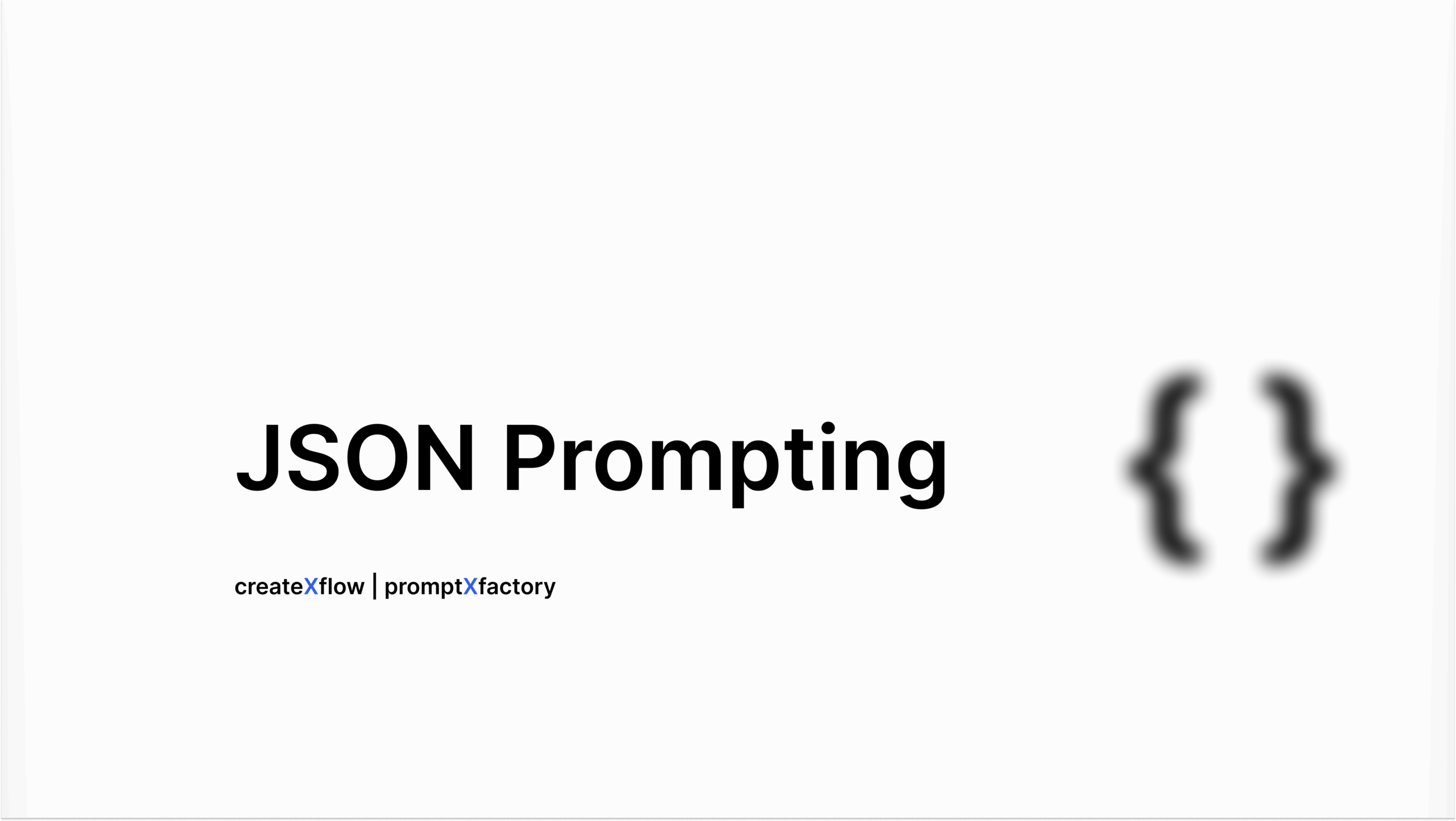JSON Prompting: Benefits, Drawbacks, and Best Practices for AI Integration
Published: 12.08.2025 Estimated reading time: 3 minutes
Is JSON Prompting a Good Strategy?
JSON prompting has emerged as a notable technique in prompt engineering for making AI outputs more structured and predictable. Instead of giving a model an open-ended natural language instruction such as “Summarize the customer feedback about shipping,” you would pass a structured request like {"task": "summarize", "topic": "customer_feedback", "focus": "shipping"}.

This approach changes the dynamic of working with AI. Traditional prompts can produce valuable responses, but the format is often inconsistent and requires extra parsing before it can be used in an application. JSON prompting establishes a clear contract between user and model, removing much of the guesswork in interpreting results. This structure is especially useful for extracting machine-readable data, building multi-agent systems, and integrating AI into automated workflows.
How JSON Prompting Works
Imagine you want to analyze customer sentiment. A traditional prompt might simply say, “Analyze this customer review and tell me about the sentiment.” In JSON form, the request could look like:
jsonKopierenBearbeiten{
"task": "sentiment_analysis",
"input": "The product exceeded my expectations!",
"output_format": {
"sentiment": "positive|negative|neutral",
"confidence": "0.0-1.0",
"key_phrases": ["array", "of", "strings"],
"summary": "brief explanation"
}
}
The JSON version removes ambiguity. It communicates not only the task but also the desired structure of the output, which allows developers to process results as if they were API responses.
Why It Works
Large language models are trained on many kinds of structured formats, including JSON, XML, and code. These patterns are deeply embedded in the way models interpret instructions, making them particularly effective at following structured schemas. This means JSON prompting can deliver more consistent and predictable outputs, simplify integration, and reduce the amount of error handling needed. Some AI providers even offer features that enforce schema compliance, preventing invalid JSON entirely.
Limitations and Challenges
While JSON prompting is powerful, it is not without trade-offs. For creative tasks, the rigid structure can reduce the quality of responses because the model shifts into a more technical mode. JSON syntax can also be inefficient, consuming more tokens due to whitespace, brackets, and character escaping. Overly complex schemas often lead to more mistakes, so simplicity is important. There is also the risk of context switching penalties, where forcing a model into structured output reduces its ability to reason flexibly.
Best Practices
Effective JSON prompting starts with simplicity. Begin with minimal schemas and gradually add complexity as needed. Always validate the model’s output to ensure it meets the required format, and handle errors gracefully. Choose JSON for tasks that require precise structure and consistency, but avoid it for those that benefit from free-form creativity. The format should match the task rather than being applied universally.
The Takeaway
JSON prompting is not a universal solution, but it is an essential skill for prompt engineers who need reliable, structured outputs. It works best when consistency is more valuable than stylistic nuance. By using JSON selectively, testing thoroughly, and refining schemas over time, you can transform AI from an unpredictable assistant into a dependable component of your production systems. The key is to know when its benefits outweigh its constraints.

